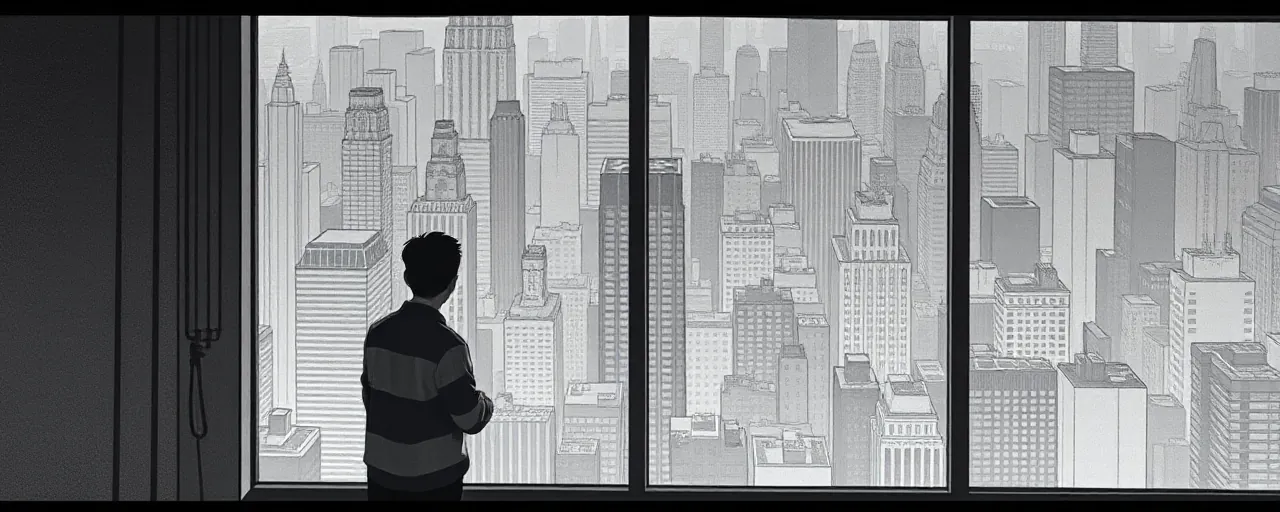A State in Waiting
New Yorkers are caught in a holding pattern as state budget negotiations drag on weeks past the April 1 deadline. Governor Kathy Hochul, flanked by community leaders in Rochester, has been rallying support for a plan she says will ease financial burdens and bolster public safety. Her vision, laid out in the Fiscal Year 2026 Executive Budget, promises billions in tax relief and significant investments in law enforcement and mental health care. Yet, the legislature remains at odds, leaving schools, businesses, and residents grappling with uncertainty.
The stakes are high in a state where the cost of living ranks among the nation’s highest. Median home prices hover around $600,000, and rents in urban centers like New York City often exceed $3,000 a month. Inflation, though cooling, continues to strain household budgets. Hochul’s proposals aim to address these pressures while tackling rising concerns about crime and mental health crises. But with projected budget gaps looming as high as $11 billion by 2029, the path to agreement is fraught with competing priorities.
A Plan for Affordability
At the heart of Hochul’s budget is an affordability package designed to put money back into New Yorkers’ pockets. The plan includes tax cuts for middle-class families, lowering rates for joint filers earning up to $323,000 to levels not seen in nearly seven decades. An expanded Child Tax Credit would provide up to $1,000 for children under 4 and $500 for those aged 4 to 16. Additionally, inflation refund checks of up to $500 are proposed for 8.6 million residents, alongside free school meals for all students.
These measures resonate with local leaders like Rochester Mayor Malik Evans, who argues that direct financial relief will boost local economies as families spend on essentials. Foodlink’s Julia Tedesco, whose organization fights hunger, welcomes the focus on universal school meals and tax credits, noting the surging demand for food assistance amid high living costs. However, some lawmakers question the long-term affordability of these initiatives, pointing to the state’s growing fiscal challenges and the potential for federal funding cuts.
Public Safety in Focus
Public safety is another cornerstone of Hochul’s agenda, with $370 million allocated to support law enforcement, youth programs, and community organizations. An additional $77 million would sustain increased police presence in New York City’s subway system. These investments align with national trends, as states like Colorado and Virginia report crime reductions through targeted enforcement and community-based prevention. New York’s approach draws on similar evidence, emphasizing data-driven strategies to curb violence.
Hochul’s proposed changes to the state’s 2019 discovery laws have sparked heated debate. The reforms, which mandated broad evidence disclosure by prosecutors, aimed to prevent wrongful convictions but led to a surge in case dismissals due to procedural errors. The new plan would narrow disclosure requirements and give judges more flexibility, a move supporters say balances fairness with efficiency. Public defenders, however, warn that scaling back transparency could undermine trust in the justice system.
Mental Health Reforms Stir Controversy
Mental health reforms are proving to be a flashpoint. Hochul’s budget proposes updating involuntary commitment laws to allow intervention when individuals cannot meet basic needs due to mental illness, aligning New York with 43 other states. The plan also strengthens Kendra’s Law, which mandates outpatient treatment for some with severe mental illness. Supporters, including law enforcement and some mental health advocates, argue these changes will protect vulnerable individuals and enhance public safety.
Yet, civil liberties groups and patient advocates raise concerns about potential overreach. They point to New York’s already strained psychiatric care system and argue that expanding involuntary treatment without addressing shortages in voluntary services or housing could infringe on personal freedoms. Maryland’s recent rollout of outpatient commitment, with its focus on multidisciplinary care, offers a contrasting model that New York might consider as it navigates these tensions.
Balancing Act Amid Fiscal Uncertainty
The budget deadlock reflects broader challenges facing New York. The Assembly’s counterproposal, which boosts spending by $4.5 billion, prioritizes Medicaid, school aid, and human services, but critics warn of unsustainable costs. School districts, anxious about delayed Foundation Aid decisions, face hurdles in planning their budgets. Meanwhile, national trends show states like Iowa and Mississippi cutting taxes to attract residents, putting pressure on high-cost states like New York to compete.
Historical context underscores the complexity of these negotiations. Past budget battles, like those during the Great Recession, forced tough choices between immediate relief and long-term stability. Today’s talks echo those debates, with Hochul’s team emphasizing fiscal discipline while lawmakers push for robust social investments. The outcome will shape New York’s economic and social landscape for years to come.
What Lies Ahead
As negotiations continue, New Yorkers are left watching a high-stakes tug-of-war. Hochul’s vision of a safer, more affordable state has broad appeal, but the devil lies in the details. Tax relief and public safety measures must be weighed against fiscal realities and the risk of unintended consequences, particularly in mental health and criminal justice reforms. The diverse voices in Rochester, from mayors to food bank leaders, reflect a shared desire for progress, but consensus remains elusive.
The coming weeks will test the state’s ability to bridge divides and deliver a budget that meets the needs of its 20 million residents. For now, New York stands at a crossroads, its future shaped by the choices made in Albany’s meeting rooms. The resolution, when it comes, will reveal much about the state’s priorities and its capacity to adapt in a time of change.
